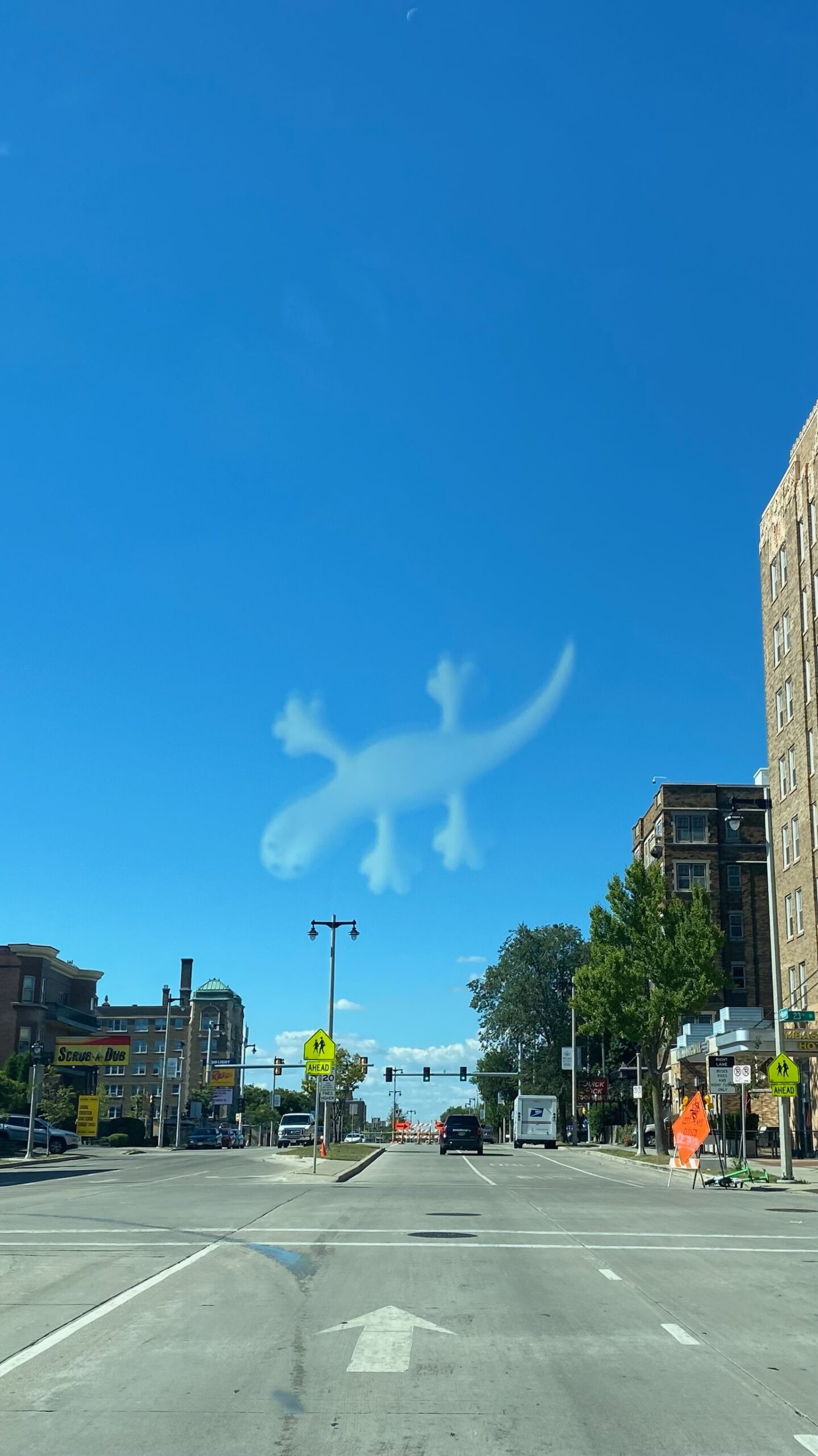The National Museum of the United States Air Force is appropriately located at Wright-Patterson Air Force Base near Dayton, Ohio. It is the oldest and largest aviation museum in the world and despite housing over $8 billion worth of aircraft and artifacts, the museum charges no entry fee! They only ask for donations.
With over 19 acres of indoor exhibit space, if you spent just one minute at each exhibit, it would take more than 3 days to see everything! So as the old saying goes, to eat an elephant, you simply take one bite at a time.
There are 4 massive hangars of history – the early years and WWII gallery, the Southeast Asia and Korean War gallery, the Cold War gallery, and the Space and R&D gallery, but within each of these areas you can find information on women in Air Force history, experimental aircraft, cold war spy planes, aviation artwork and nose art, and even a Presidential Air Force One Collection!




Not only is the collection of aircraft extensive – over 350 of them – but what makes it particularly special is that it contains many one-of-a-kind aircraft and the last surviving examples of certain models, especially from WWII. The museum prioritizes Air Force history and over 80% of the collection are US Air Force aircraft, but there are also aircraft from other countries, primarily captured enemy aircraft or donated ally aircraft from WWII and civilian aircraft that have historical significance.
There are endless reader boards with statistics about wingspan, maximum speed, engine types, power, and armament details which might not interest everyone, but there are also stories about
- their use – primary missions and major campaigns
- revolutionary features or technological advancements
- information on their restoration or reconstruction
- notable pilots, crews or personal stories connected to this type of aircraft
The museum is more technical in nature and may not be the best for people looking to learn about the wars, the reason behind them, the sequence of events, or the impact that each campaign had on the war’s outcome and/or the affected populations, but if you already know your world history, it’s an opportunity to gain a comprehensive chronological story of US military air power development and the technological evolution.



















I’m sure Doug enjoyed all the technical aspects. I tended to veer towards subjects like nose art, women in aviation, and some of the amazing feats of production during the wars. We both enjoyed that there were quite a few aircraft to enter and explore, including all the old Air Force One aircraft.
We saw, but didn’t try, any flight simulators and they announce regularly guided tours of certain areas or topics throughout the day.
We were here more than 1 day, which I highly recommend. I personally took over 300 photos while there for 2 days. What was I thinking? What will I do with all of them? Ugh! It got a little out of control.
A short drive from the museum is the Wright Cycle Company Complex where you can see the Wright brother’s cycle shop. There’s an interpretive center near here, but we didn’t visit it.






If you’re interested in military history and its ongoing transformation over time or want to see the most comprehensive collection of historic aircraft in one place, this museum offers and unparalleled experience!

























